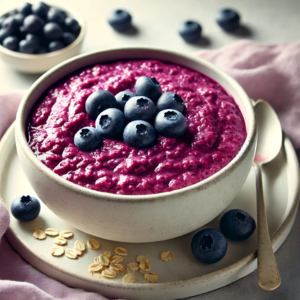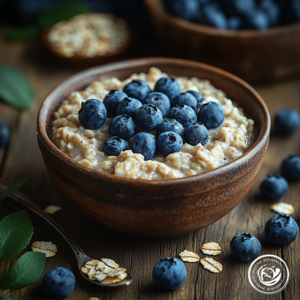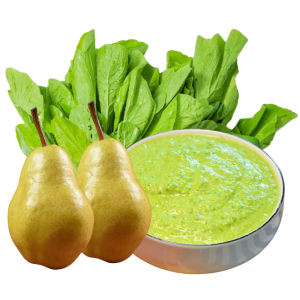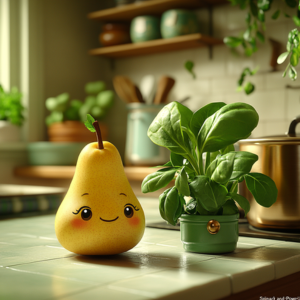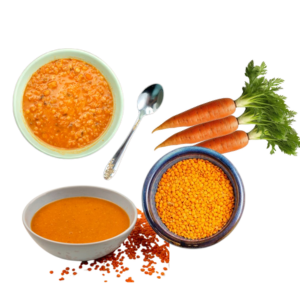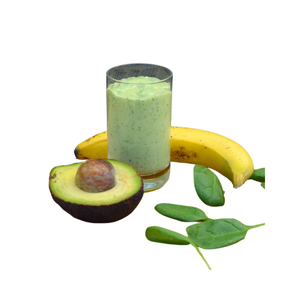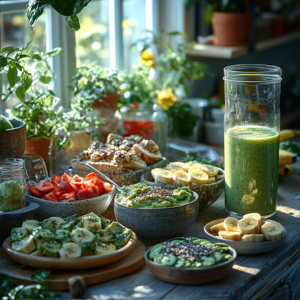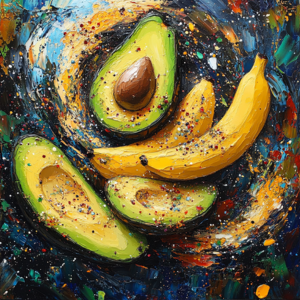Introduction
Embarking on the journey of introducing solid foods to your little one is exciting and a tad overwhelming. With countless options and opinions, it’s easy to feel lost in the baby food aisle. But fear not! We’re here to guide you through this article about Best First Foods for Babies Recipes, with scrumptious and simple recipes that will tickle your baby’s taste buds and set the stage for a lifetime of healthy eating habits.
Before diving into the kitchen, knowing when your baby is ready to start solids is crucial. Most pediatricians recommend beginning around six months of age. Look for these telltale signs:
- Sitting up with minimal support: Your baby should have good head and neck control.
- Showing interest in your meals: If they’re eyeing your plate or reaching for your food, it’s a good indicator.
- Loss of the tongue-thrust reflex: This reflex pushes food out of their mouth, so its absence means they’re ready to swallow solids.
Remember, every baby is unique. Consult your pediatrician to ensure your little one is primed for this new adventure.
Introducing a variety of flavors and textures early on can help your baby develop a diverse palate. Here are some top-notch recipes to get you started:
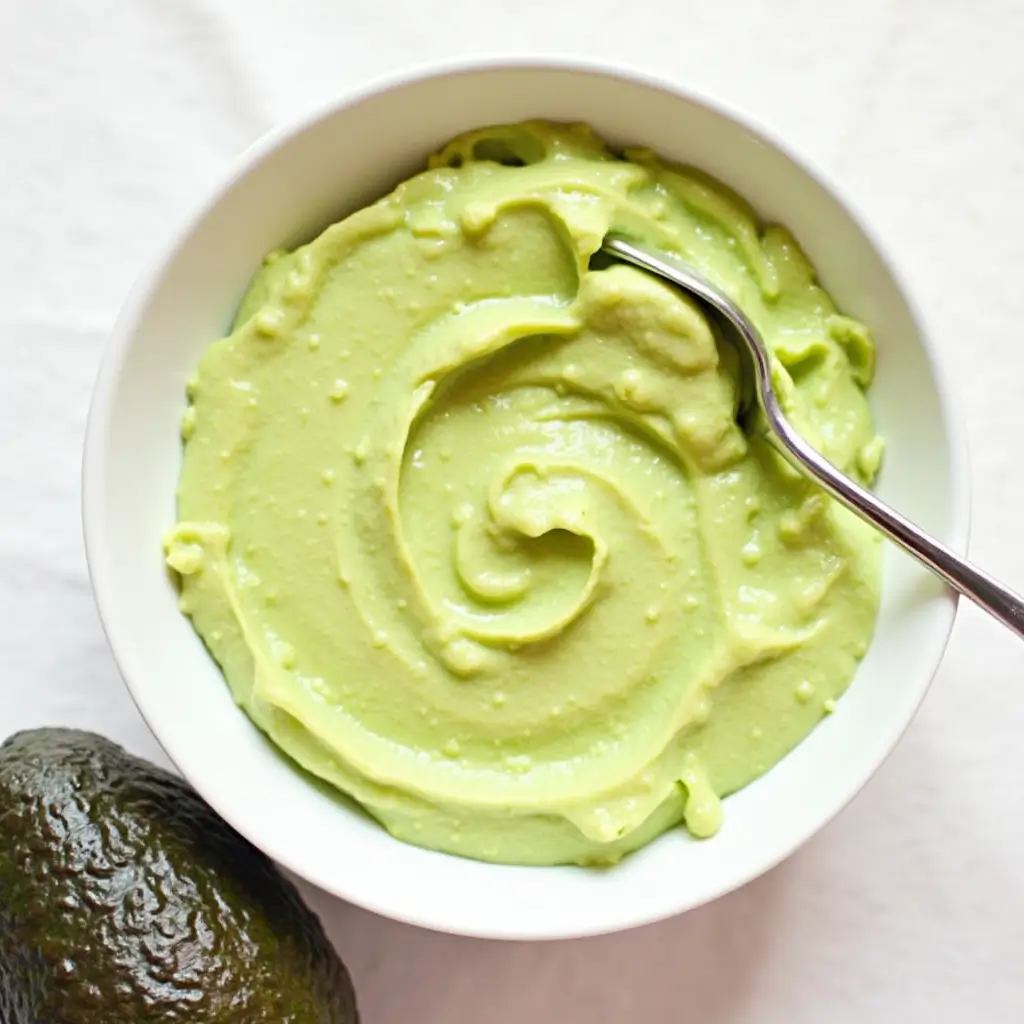
Avocado is a nutrient-dense fruit, packed with healthy fats essential for brain development.
Ingredients:
- 1 ripe avocado
Instructions:
- Slice the avocado in half, remove the pit, and scoop the flesh into a bowl.
- Mash thoroughly with a fork until smooth.
- For a thinner consistency, add a teaspoon of breast milk or formula.
Tip: Avocado browns quickly. Prepare just before serving to keep it fresh and appetizing.

Sweet potatoes are a hit with babies due to their sweetness and smooth texture.
Ingredients:
- 1 medium sweet potato
Instructions:
- Peel and dice the sweet potato into small cubes.
- Steam or boil until tender (about 15 minutes).
- Drain and transfer to a blender, puréeing until smooth.
- Adjust consistency with breast milk, formula, or water as needed.
Tip: Batch-cook and freeze portions in ice cube trays for convenient future meals.
3. Banana and Oatmeal Breakfast Delight
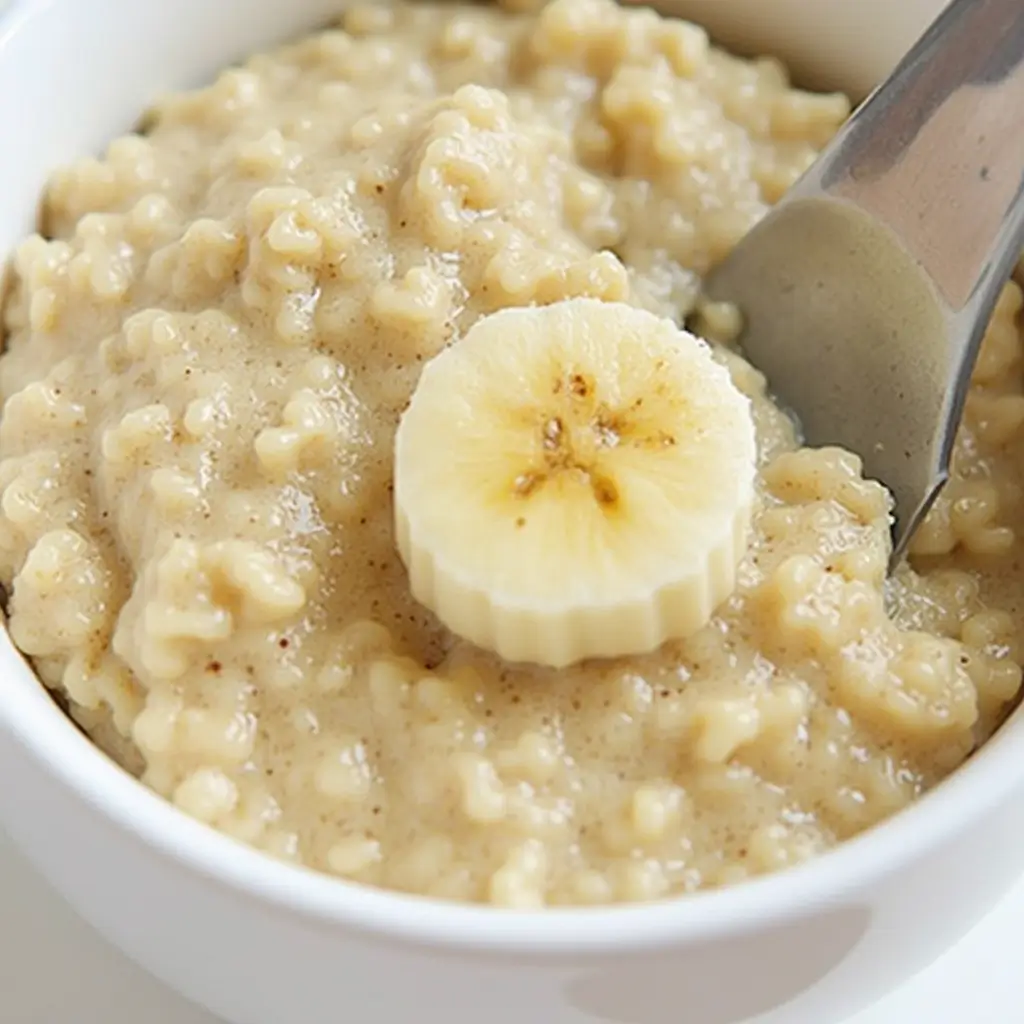
This hearty combo provides essential nutrients and keeps your baby satisfied.
Ingredients:
- 2 tablespoons of baby oatmeal cereal
- 1/2 ripe banana
- Breast milk or formula
Instructions:
- Prepare the oatmeal according to package instructions, using breast milk or formula.
- Mash the banana until smooth.
- Mix the banana into the prepared oatmeal, ensuring a uniform consistency.
Tip: For added flavor, sprinkle a pinch of cinnamon.
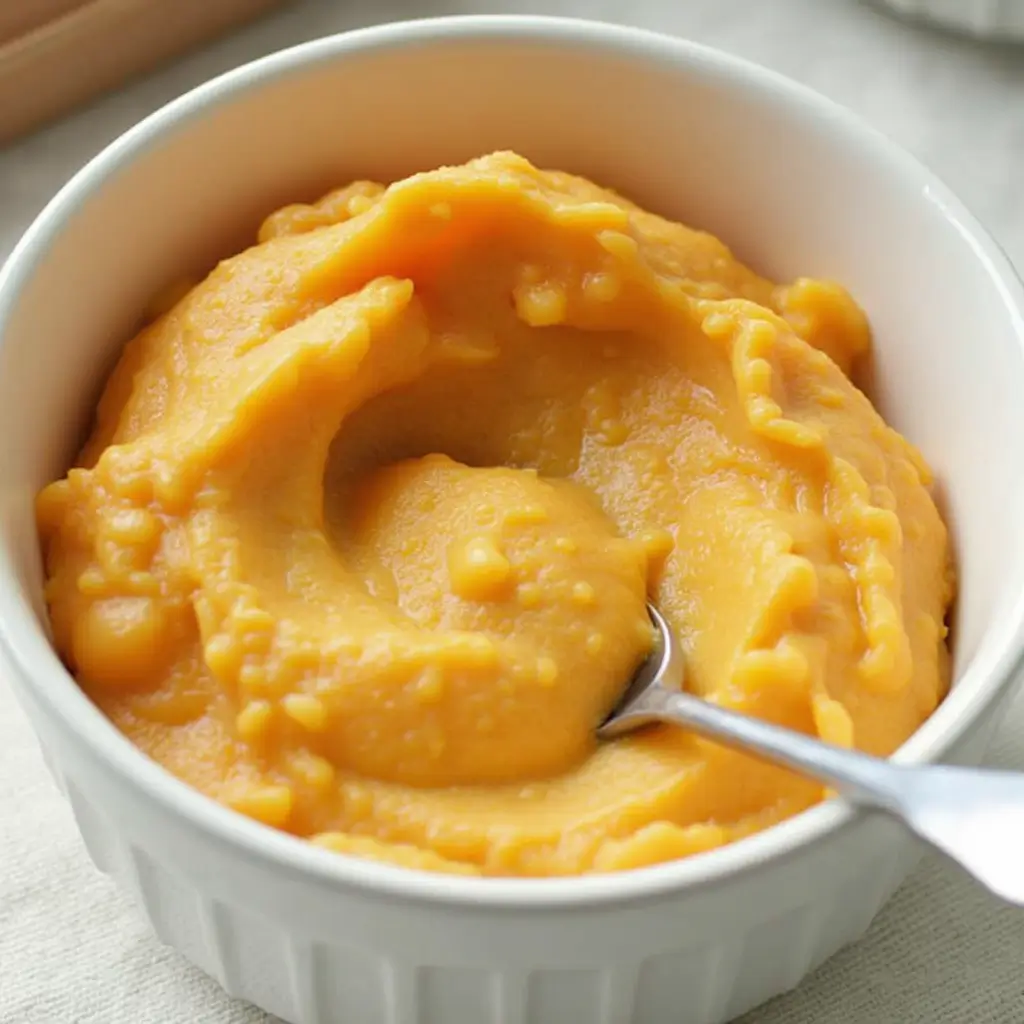
This duo offers a delightful mix of sweetness and nutrition.
Ingredients:
- 1 small apple
- 1 medium carrot
Instructions:
- Peel, core, and dice the apple.
- Peel and slice the carrot into small pieces.
- Steam both together until soft (about 10–15 minutes).
- Blend until smooth, adding water to achieve desired consistency.
Tip: Introduce spices like nutmeg or ginger in tiny amounts to expand your baby’s palate.
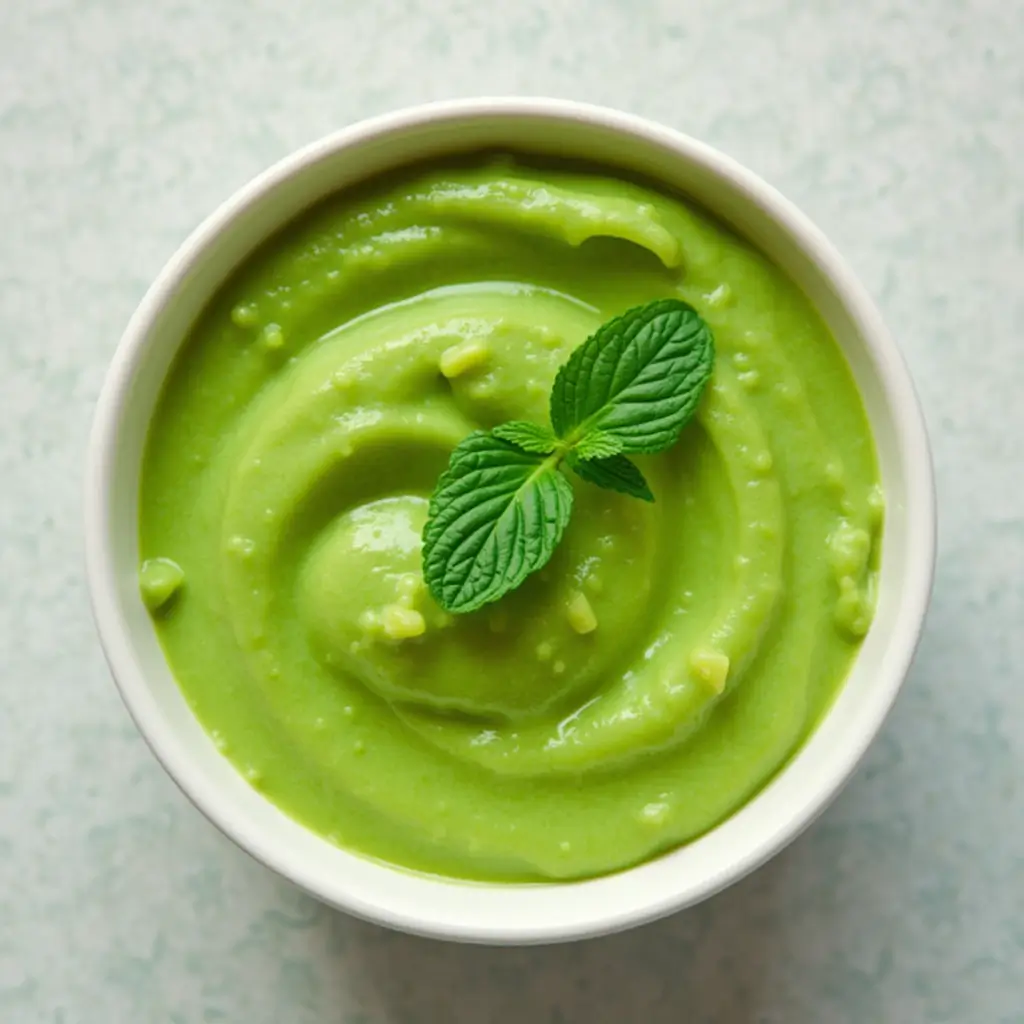
A refreshing and vibrant dish that’s as tasty as it is nutritious.
Ingredients:
- 1 cup fresh or frozen peas
- A few fresh mint leaves
Instructions:
- Cook peas until tender (about 5 minutes).
- Add mint leaves during the last minute of cooking.
- Drain and blend until smooth, adding water if necessary.
Tip: This purée pairs well with mashed potatoes or rice as your baby grows.
Introducing Allergens Early
Recent studies suggest that introducing common allergens early may help prevent allergies. Consider these guidelines:
- Peanuts: Mix a small amount of smooth peanut butter with breast milk or formula.
- Eggs: Offer well-cooked scrambled eggs or a tiny piece of hard-boiled egg yolk.
- Fish: Introduce mild-flavored, thoroughly cooked fish like cod or haddock.
Always introduce new allergens one at a time, waiting a few days before adding another, and monitor for any adverse reactions.
FAQs
How do I know if my baby is full?
Can I add salt or sugar to my baby's food?
How should I store homemade baby food?
Conclusion
Embarking on the journey of introducing solid foods to your baby is a significant milestone filled with excitement and a touch of apprehension. You’re laying the foundation for a lifetime of healthy eating habits by offering various wholesome and delicious options. Remember to enjoy mealtime, be patient with new flavors, and cherish these tiny taste adventures together.
Key Takeaways:
- Start at the Right Time: Introduce solids around six months, ensuring your baby shows readiness signs.
- Prioritize Safety: Always supervise meals, offer appropriate food sizes, and avoid common choking hazards.
- Embrace Variety: Expose your baby to diverse flavors and textures to cultivate a well-rounded palate.
- Monitor for Allergies: Introduce potential allergens one at a time and observe for any reactions.
- Maintain Nutrition: Continue breastfeeding or formula feeding alongside solids to meet nutritional needs.
By following these guidelines and tuning into your baby’s cues, you’re well on your way to nurturing a happy, healthy eater. Enjoy this special time and the delightful messes that come with it!

